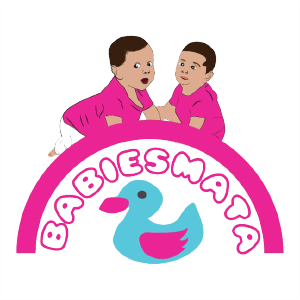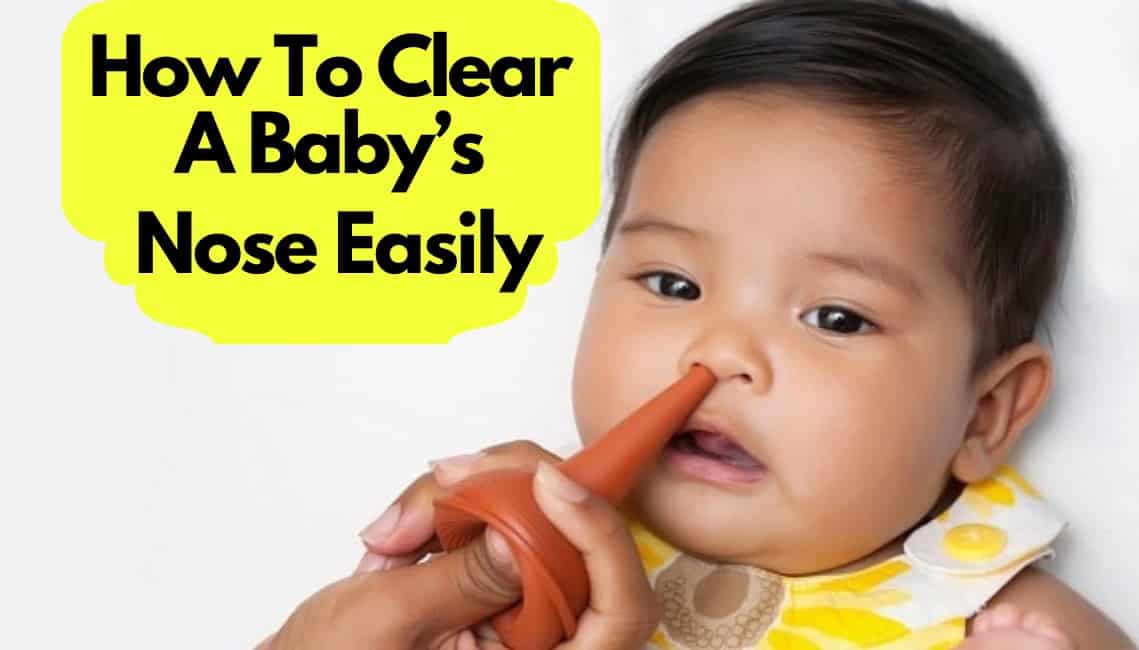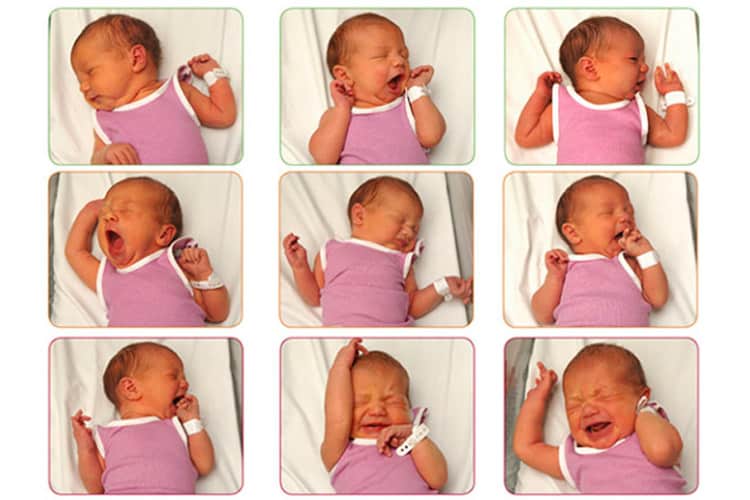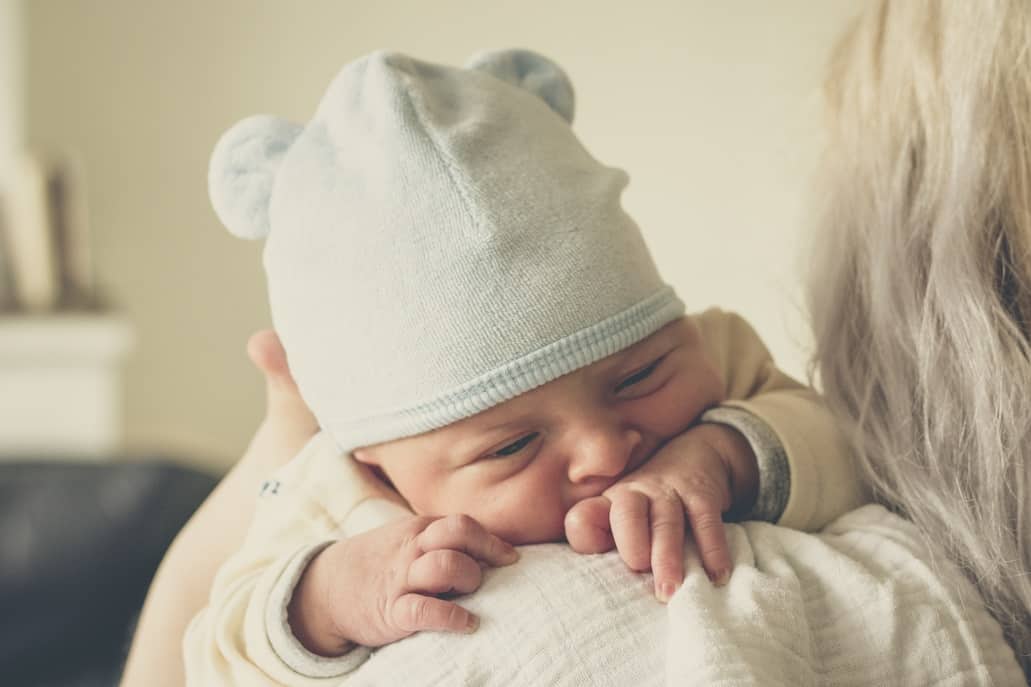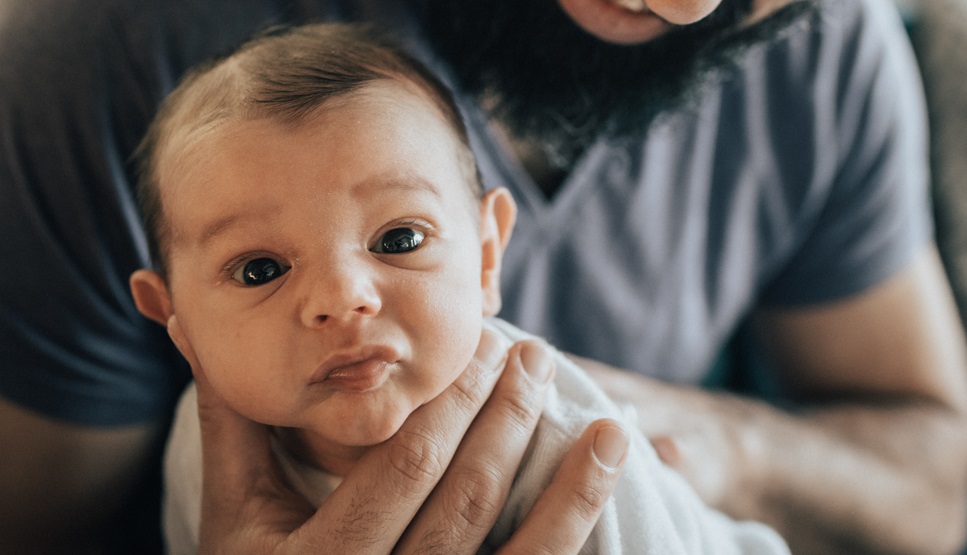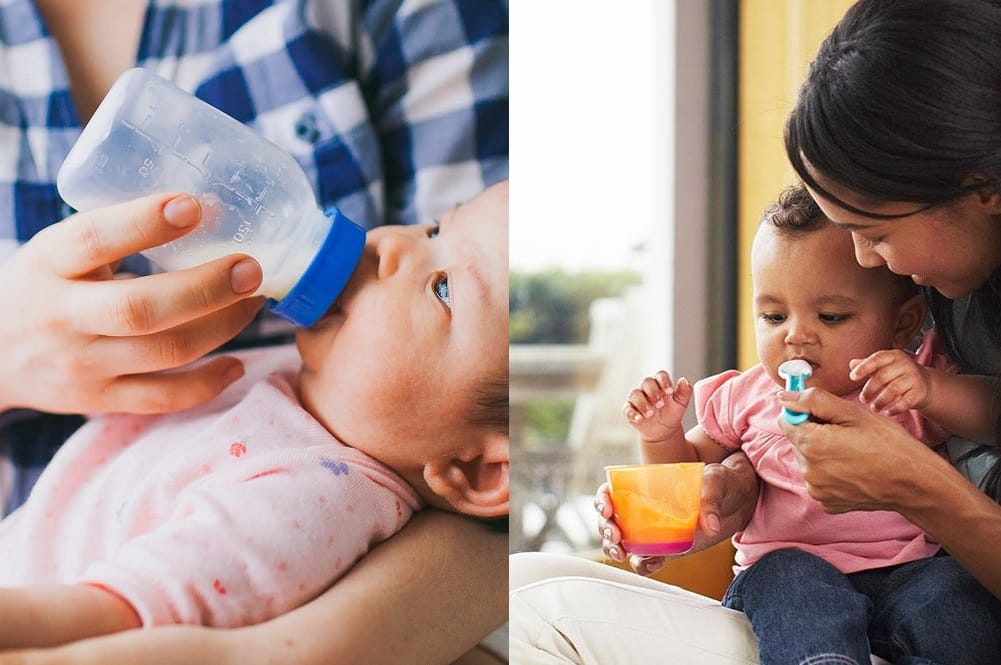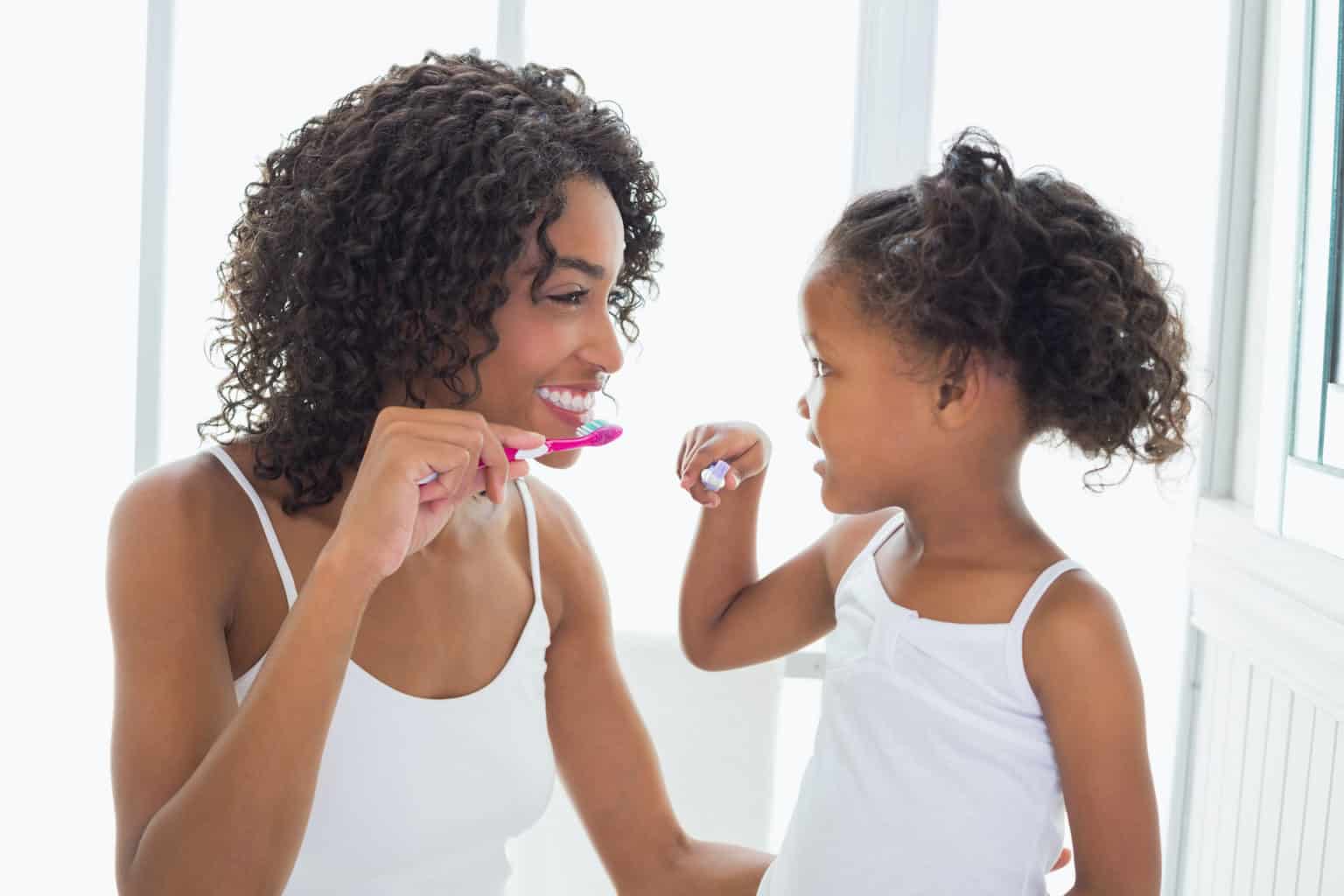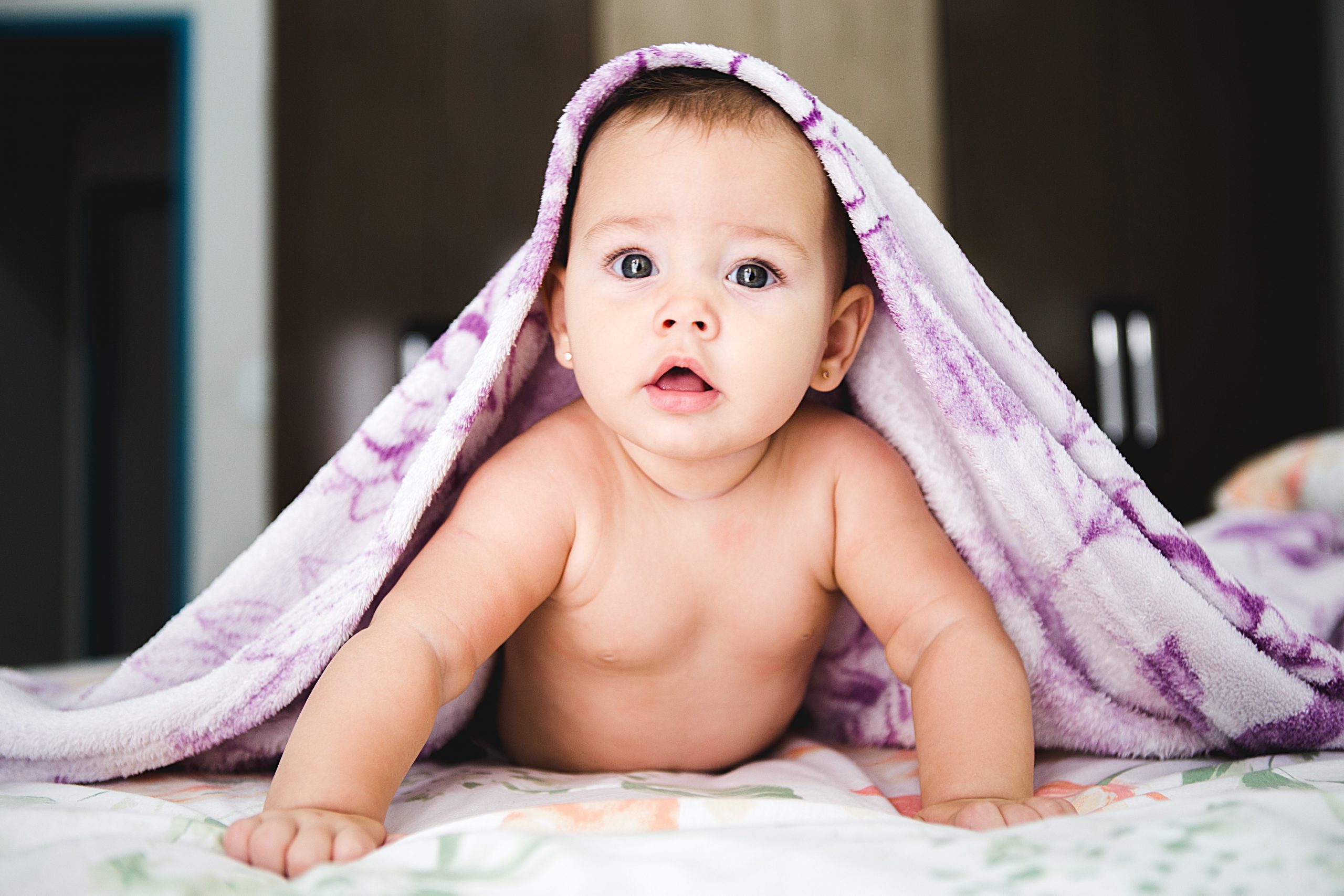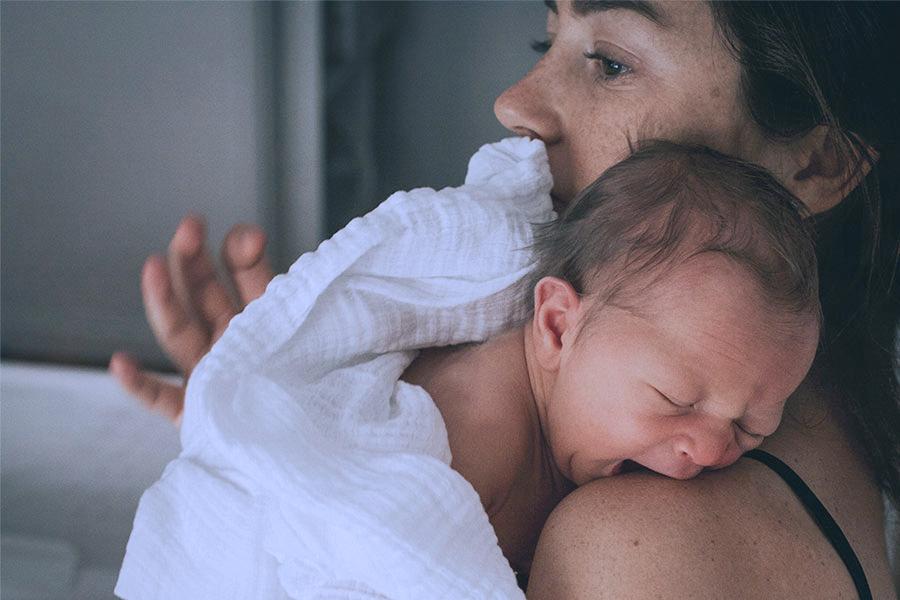How To Clear A Baby’s Nose Easily
Nasal congestion or stuffy nose in babies is normally caused by the common cold. It\’s worrying when your child is unable to breathe well due to blockage inside her nostril. Babies sometimes need help to clear congestion in their nose because their airways are so tiny.
Stuffy nose becomes a more delicate issue with babies due to their fragile nature. And because they are helpless sometimes, you need to take extra precautions when handling them. Babies are very tender and prone to cold easily, which gives them a lot of discomforts. Symptoms of nasal congestion threaten the baby more as this even interferes with the infant\’s breathing process and the eating process. Is your baby having a hard time breathing due to a stuffy nose? Don\’t worry, we will show you the easiest ways to clear your baby\’s nose.
Nasal congestion is associated with;
- Runny nose
- Sinusitis pain
- Swollen tissues in the nostrils
- Headaches and, in most cases, fever
What Are the common causes of nasal congestion?
- Sinusitis infection
- cold and flu
Severe cases could include:
- Chronic sinusitis
- Allergies
- Tumor growth in the nasal passages
- Hay fever
- Increased blood supply during pregnancy
As mothers dealing with this new responsibility, it could be very challenging and tedious. Shuffling with other activities and still giving undivided care, love, and attention to these tender creatures poses as one of the many great advantages and joy connected with motherhood. When these babies are in discomfort, we are restless and will do all to make the discomfort go away. However, they need us always, and we should always, with immense love and affection, cater to our delicate babies.
Home remedies for nasal congestions for babies;
a] Bathe them with warm water;
warm water is one of the best remedies for nasal congestion. Always endeavor to check the water temperature by dipping your hands into the water to prevent burning. Warm water helps soothes the congested nostrils, subtly using facial towels to massage the chest region provides air passage through the congested nostrils.
b] Application of mild baby balm;
we want to ensure the baby balm is given by a certified health practitioner to avoid using dangerous substances on our babies. Baby balm used should be 100% natural and safe. We use these balms to gently massage the babies\’ chest region; these balms provide relief from cold and nasal congestion.
c] Warm water drink;
during this period of nasal congestion, regularly giving the baby warm drinks aids in the improvement of nasal congestion. Please, this water should be aptly checked to avoid injury to the babies. It warms up the baby inner body system, providing warmth for the baby
d] Avoiding lots of exposure;
the severe climatic hot weather may trigger us to want to expose our babies. Avoid lots of exposure as these could put their health in danger and lots of discomforts. Wear your baby the right outfit for the right weather conditions.
Nasal congestion or stuffy nose is a common problem in babies\’ growth process. Take care of and handle it with home remedies. However, if it exceeds a week, kindly do well to see a doctor quickly as this could lead to a severe health condition.

